The port city of Hamburg is situated in Northern Germany and sits along the banks of the Elbe River. This is the second largest city in Germany, and not only boasts its largest harbor but the 2nd largest one in all of Europe. Hamburg has a rich mercantile and maritime heritage stretching back to its association with the Hanseatic League in the medieval ages, and was the main port of departure for most travelers leaving the German shores – hence its often used title of ‘Gateway To The World’. Even today that nautical pedigree is evident with the large container ships and cruise liners that regularly call at the Hamburg port. This city on the waters is also home to the highest number of bridges that crisscross the canals and waterways of the Elbe River and inner Alster lakes – with a staggering 2300+ bridges that are more than the total of Amsterdam’s and Venice’s bridges combined.
Hamburg was our last port of call during our trip across Scandinavia and the Baltic states, but we unfortunately only had a few days to experience this vibrant city that consistently ranks high among the most livable cities of the world.
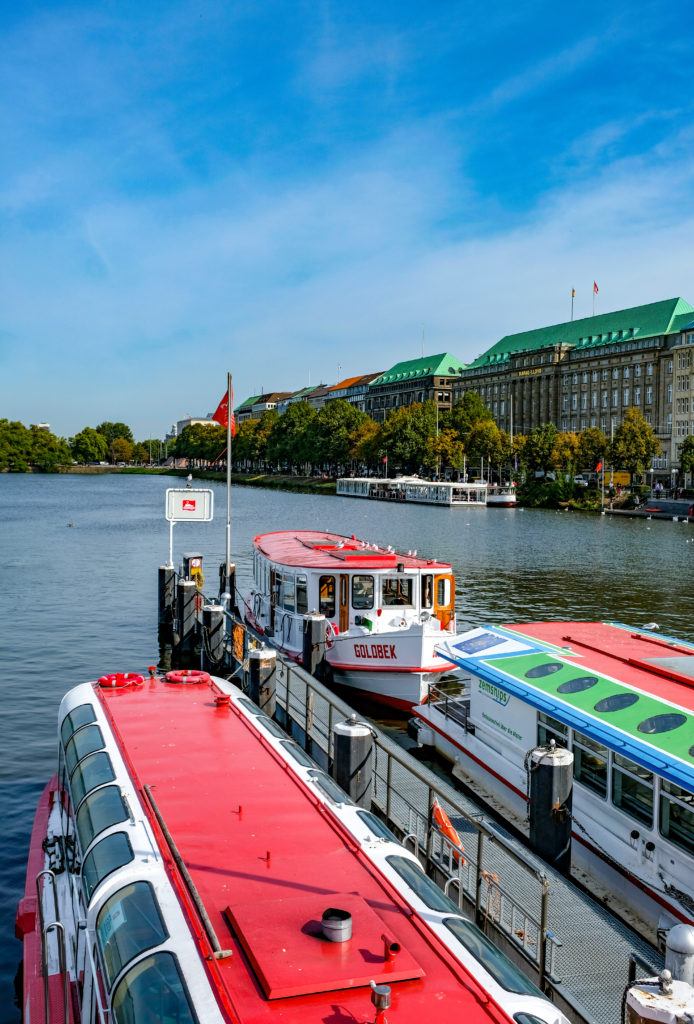
Cruise boats awaiting tourists by banks of the inner Lake Alster
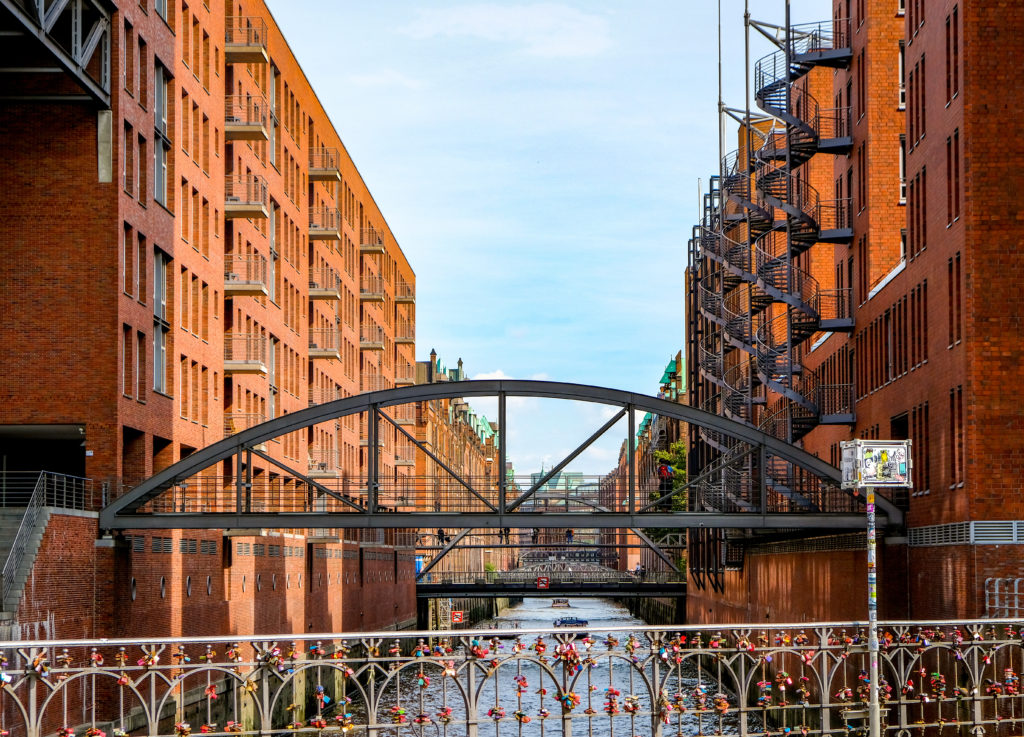
The brick warehouses of Speicherstadt
Blankenese
We were in Hamburg to visit one of our close friends and stayed at their place in the Blankenese area on the western edge of Hamburg. This former fishing village is one of the more affluent neighborhoods in the city, and is characterized by beautiful villas set along the hilly slopes straddling the Elbe river below. WIth its steep winding alleys, quaint stores and sweeping views of the river, the town has an almost Mediterranean feel to it. There are trails and walking paths all along the shore, that are great for leisurely strolls while enjoying the view of giant container ships floating by and test flights landing at the runway of the Airbus plant across the water.
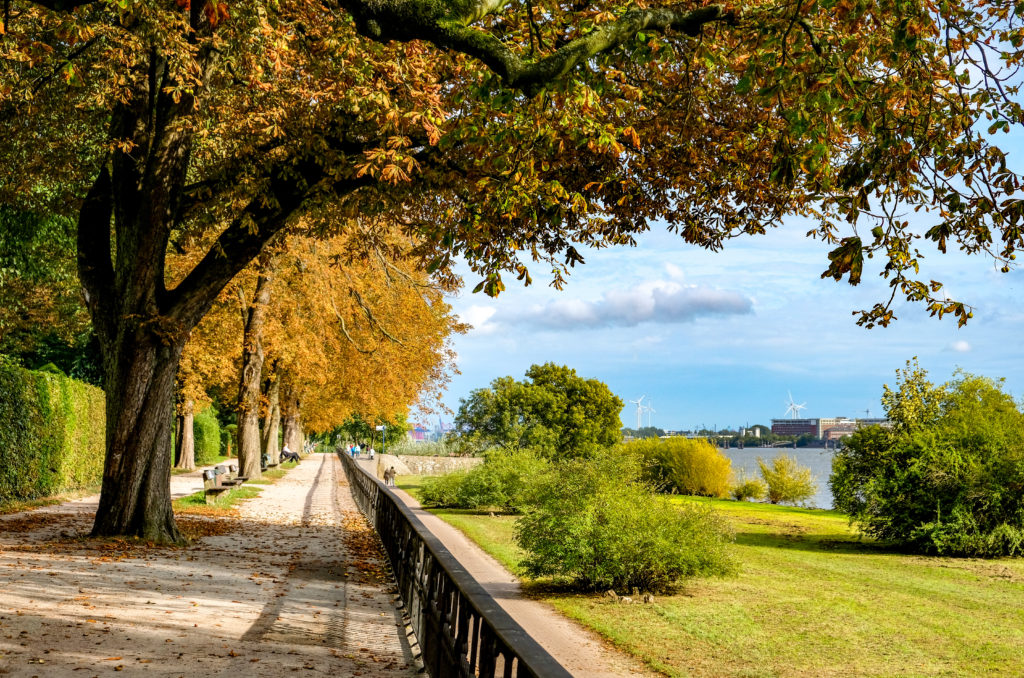
Tree line walking path along the Elbe River
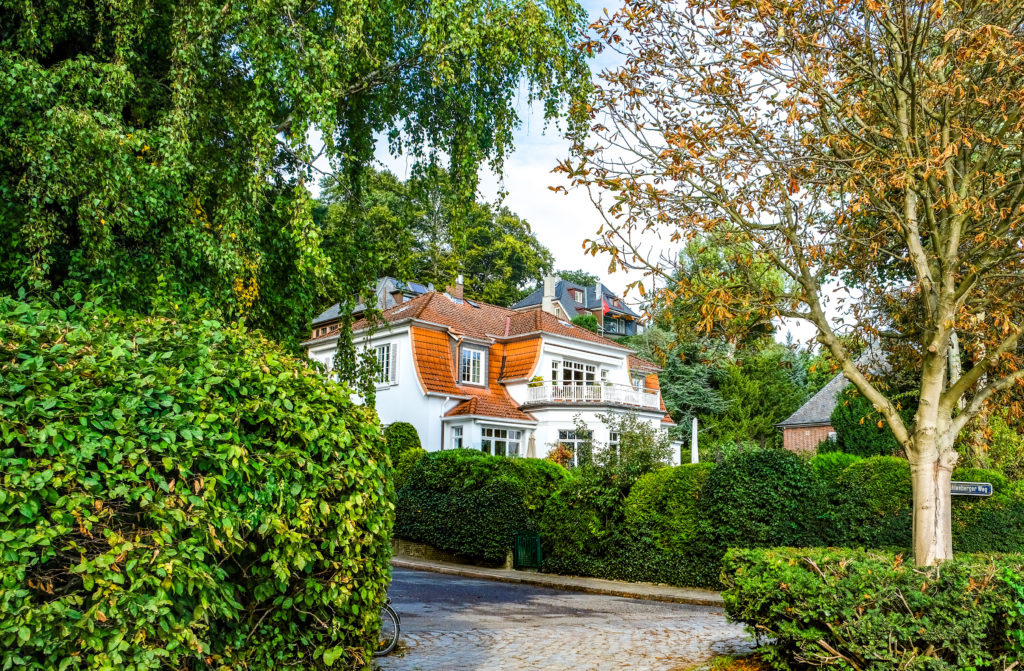
Charming Blankenese villa
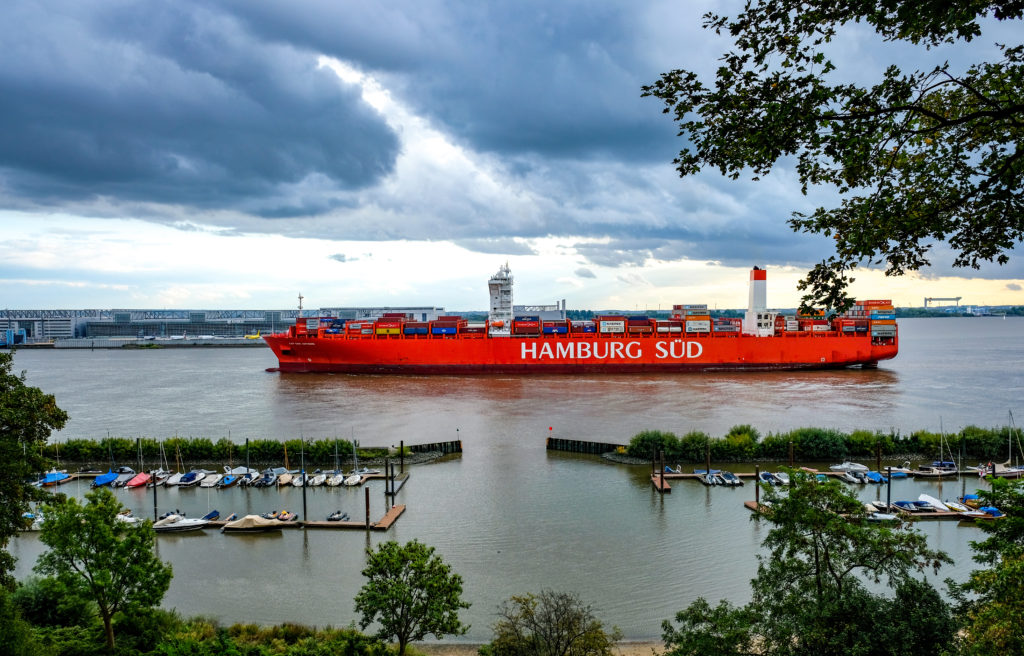
What a giant beauty of a container ship
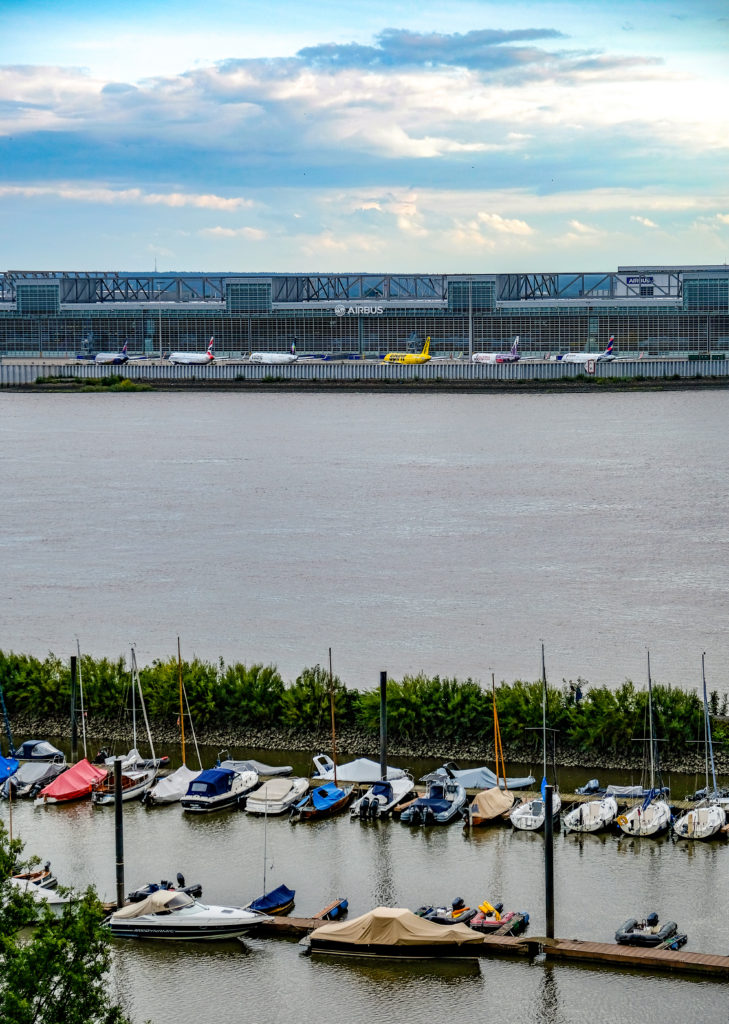
View of the Airbus production plant, with aircraft awaiting final delivery to their future airline owners.
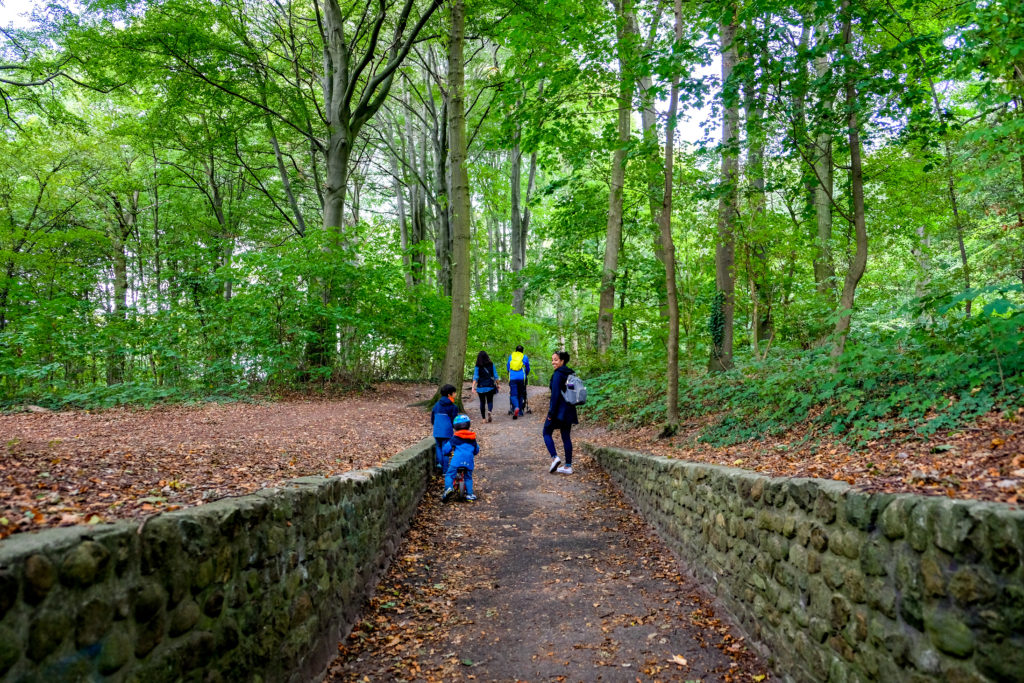
Strolling through the lush green woods
Elbphilharmonie
This marvel of glass and brick is rapidly taking over as a landmark symbol of Hamburg. Set within the historic Speicherstadt warehouse district and along the banks of the Elbe river, Elbphilharmonie is Hamburg’s answer to ‘what kind of concert hall does a construction budget of ~$1B get you?’. The glass structure resembling rising waves or windswept boat sails set on a former brick warehouse building is a striking combination of old and new, and supposedly boasts some of the most advanced acoustics for a concert hall ever. The upper level of the Elbphilharmonie is also a great spot from which to admire the city skyline and the container ships plying through the Port city of Hamburg.
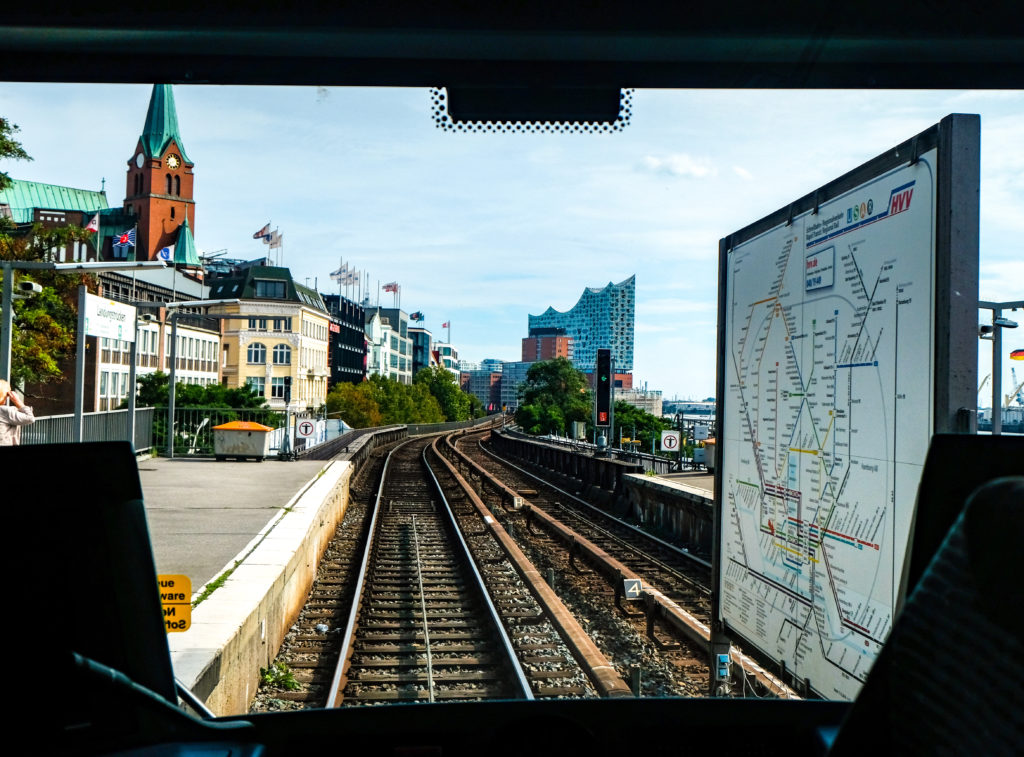
Approaching Elbphilharmonie by train
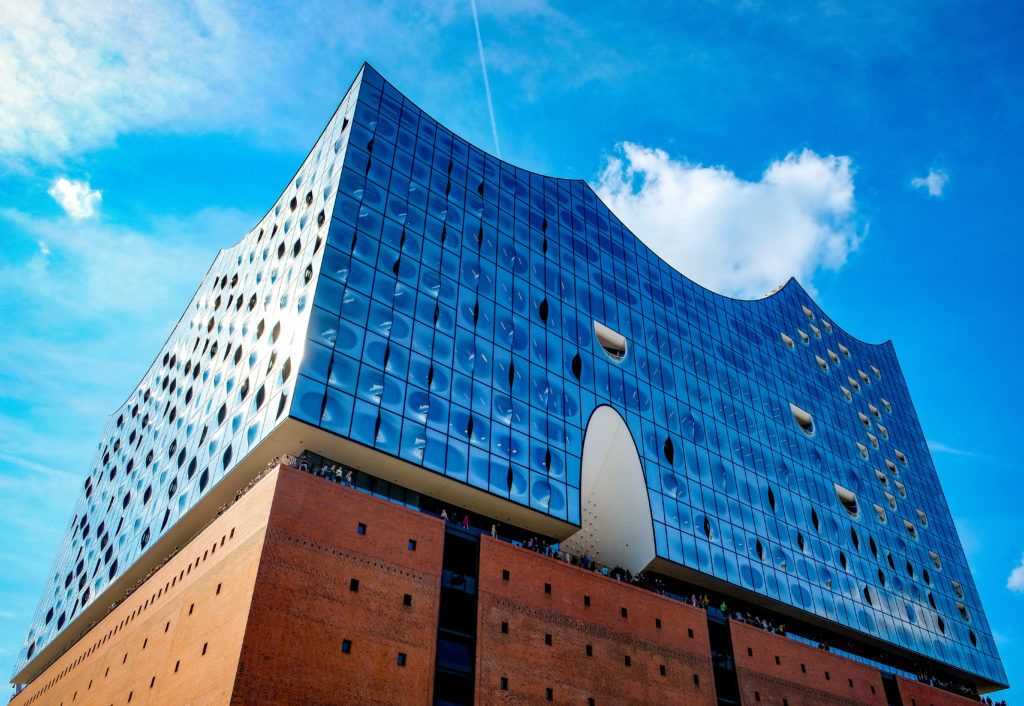
The stunning glass and brick exterior of Elbphilharmonie concert hall
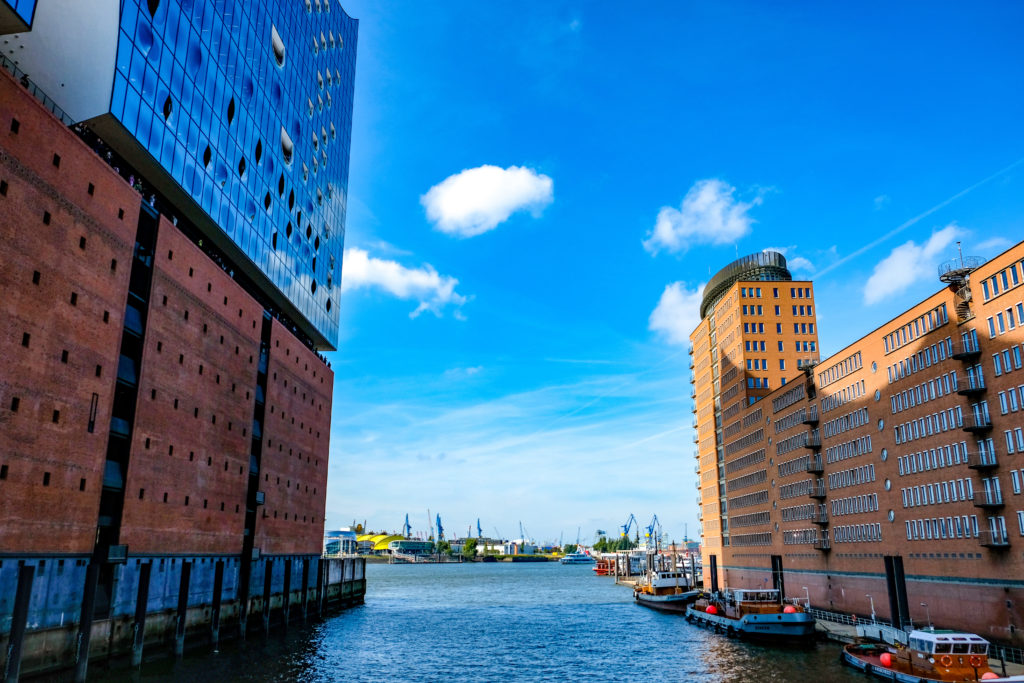
Elbphilharmonie towering over the brick warehouses of Speicherstadt
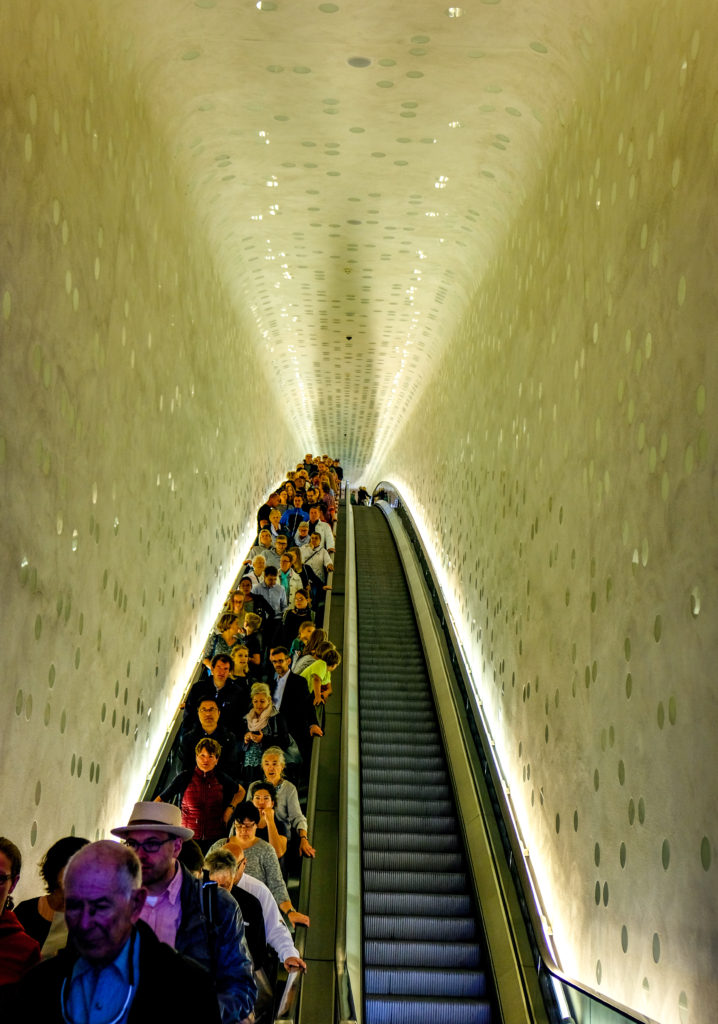
Strangely no one going up the curved entrance escalators
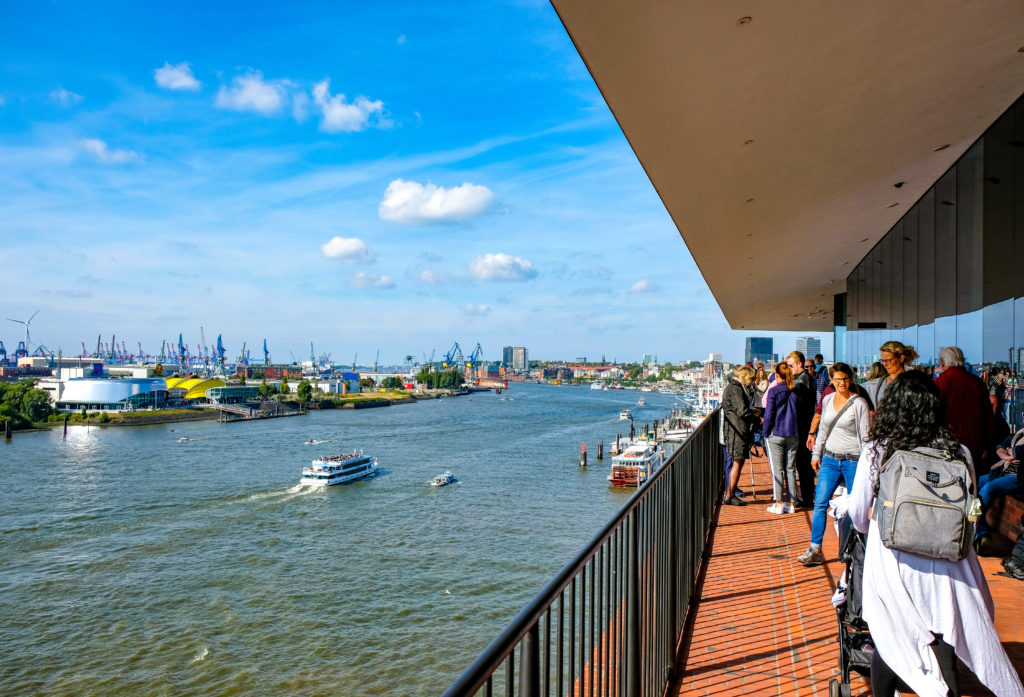
360 degree views of the Hamburg port from the upper level
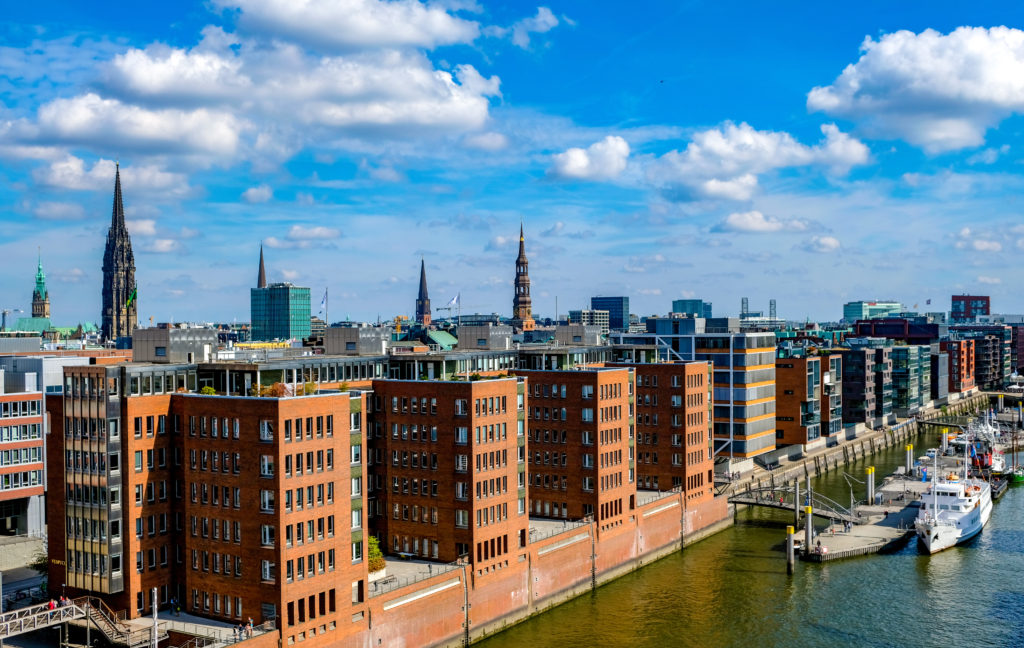
Snapshot of Hamburg’s tallest structures, dominated by medieval church spires
Planten un Blomen park
The Planten un Blomen (literally plants and flowers in English) is a large park in the center of Hamburg, and is often referred to as its green heart. Hamburg is one of the greenest cities in Europe, and the Plante un Blomen is probably the best park in the city with its lush greenery, fountains, and lakes. With its central location, the park and its greenery provides a relaxing getaway from the hustle and bustle of Hamburg. The park boasts the largest Japanese garden in Europe, a tropical greenhouse, fountains with light shows, hosts regular free concerts, and has a large playground for kids. The Hertz radio tower, named in honor of Hamburg born physicist Heinrich Hertz, towers over the park and its lakes. At close to 280m, the tower is the tallest structure in Hamburg and visible from almost everywhere in the city.
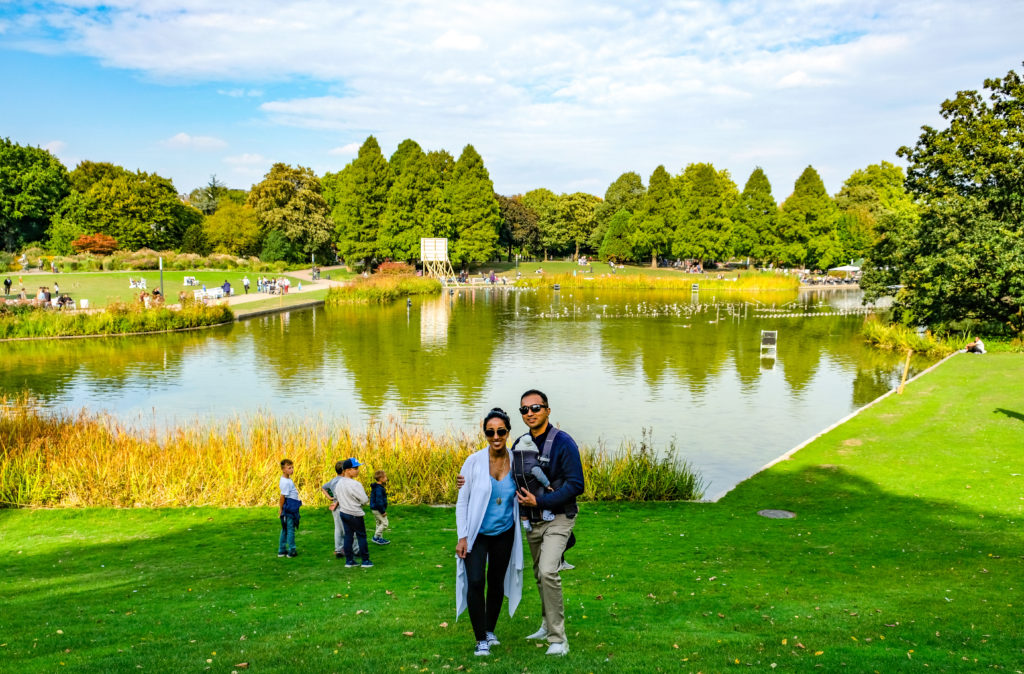
The lawns by the tranquil lake are a great spot for relaxing
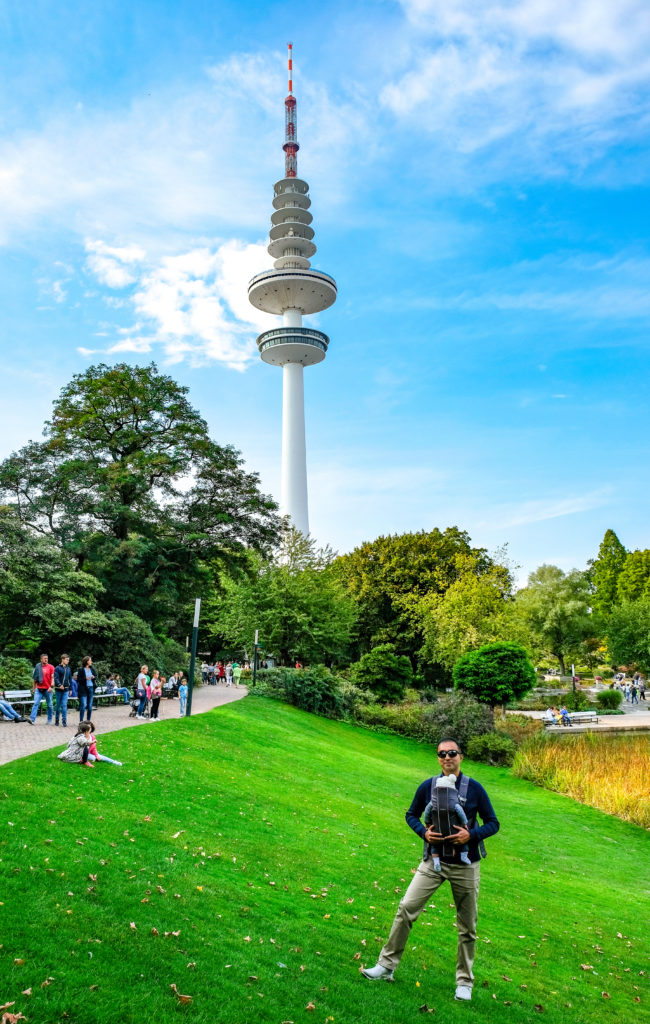
The Hertz telecommunication tower dominates the park skyline
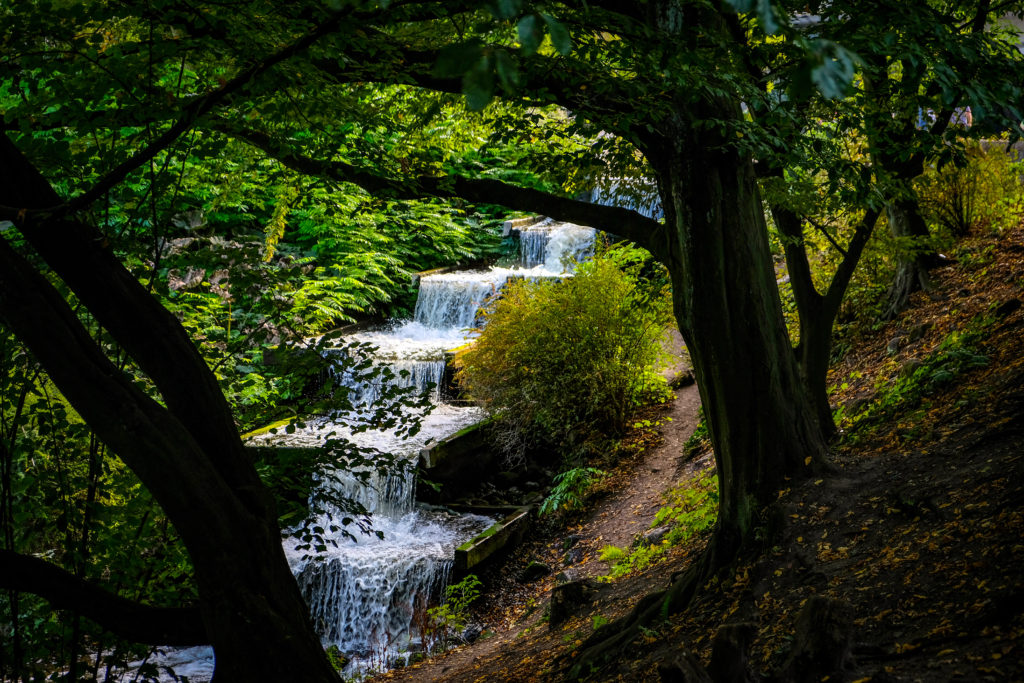
Man made terraced waterfalls
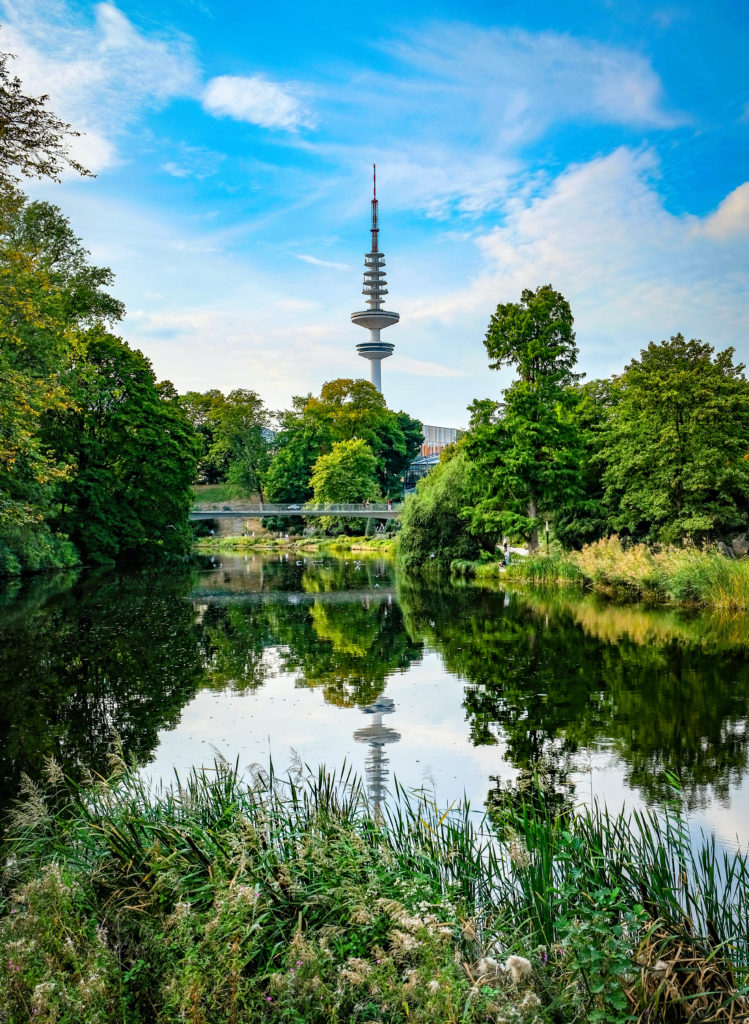
Another view of Hertz Tower
Rathaus
Contrary to its monicker, Hamburg’s Rathaus is not an abode for rodents, but means Town Hall in German. This iconic Hamburg landmark occupies prime real estate in the city center is one of its most visited sites. Some of the must see architectural highlights of the Rathaus include its distinctive green copper roof, elaborately decorated facade flanked by statues of 20 emperors, and imposingly ornate iron gate at the main entrance. The stately Rathaus building was opened in 1897 and is still a fully functioning public building, with its 647 rooms serving as Hamburg’s Parliament, Senate and City Hall. In the wintertime, the market square (Rathausmarkt) in front of the Town Hall hosts the largest Christmas night market in Hamburg.
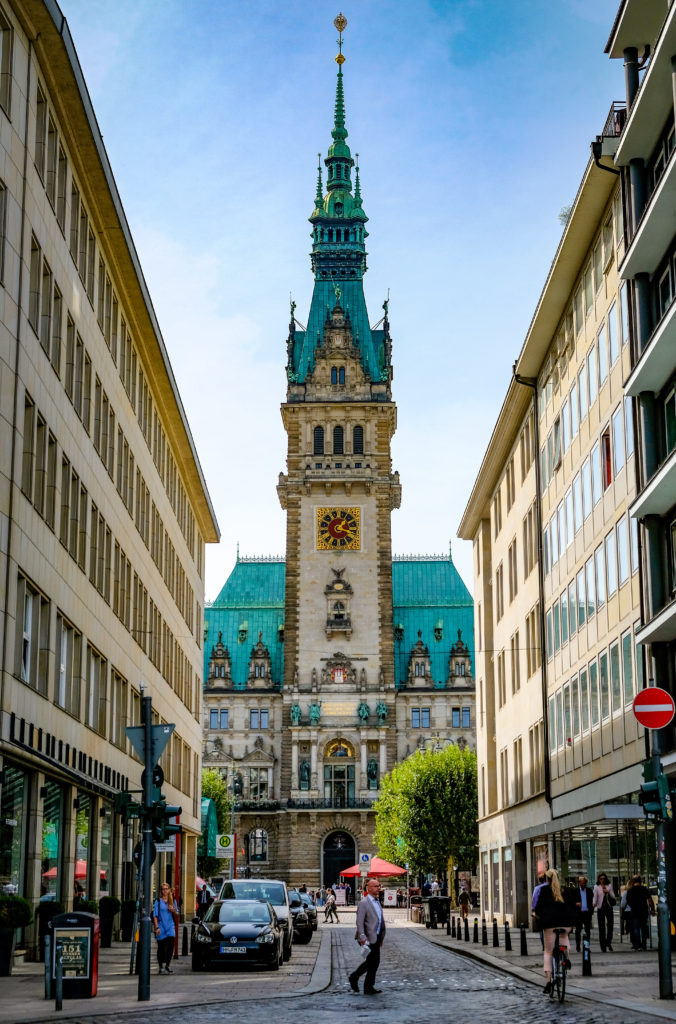
The unmistakable Rathaus Tower
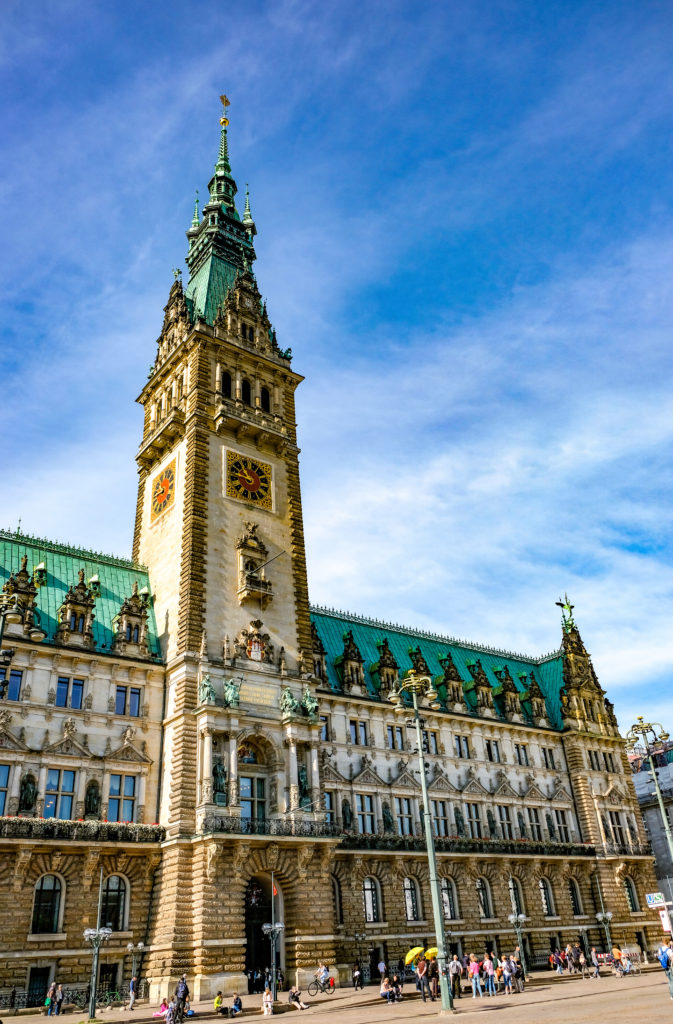
Rathaus up close
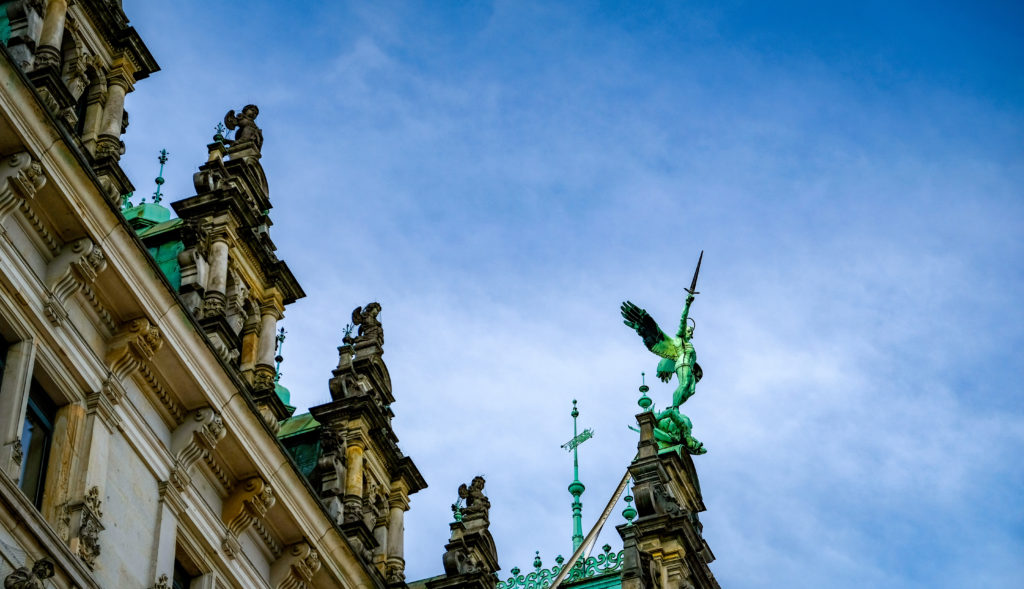
Statue of St Michael the Archangel atop one of the spires
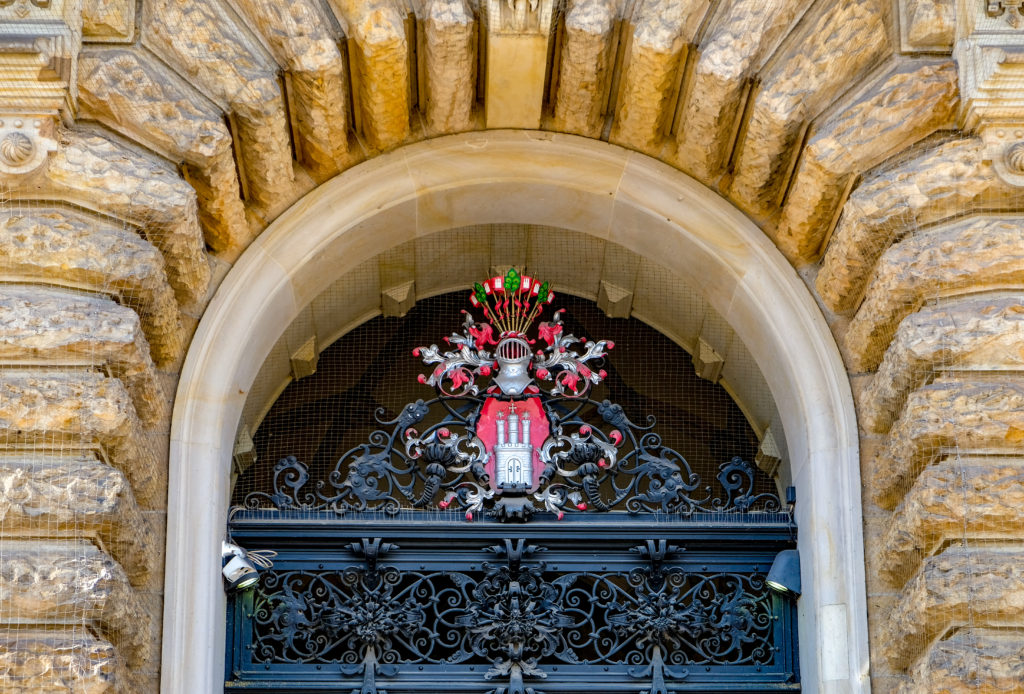
Hamburg’s coat of arms
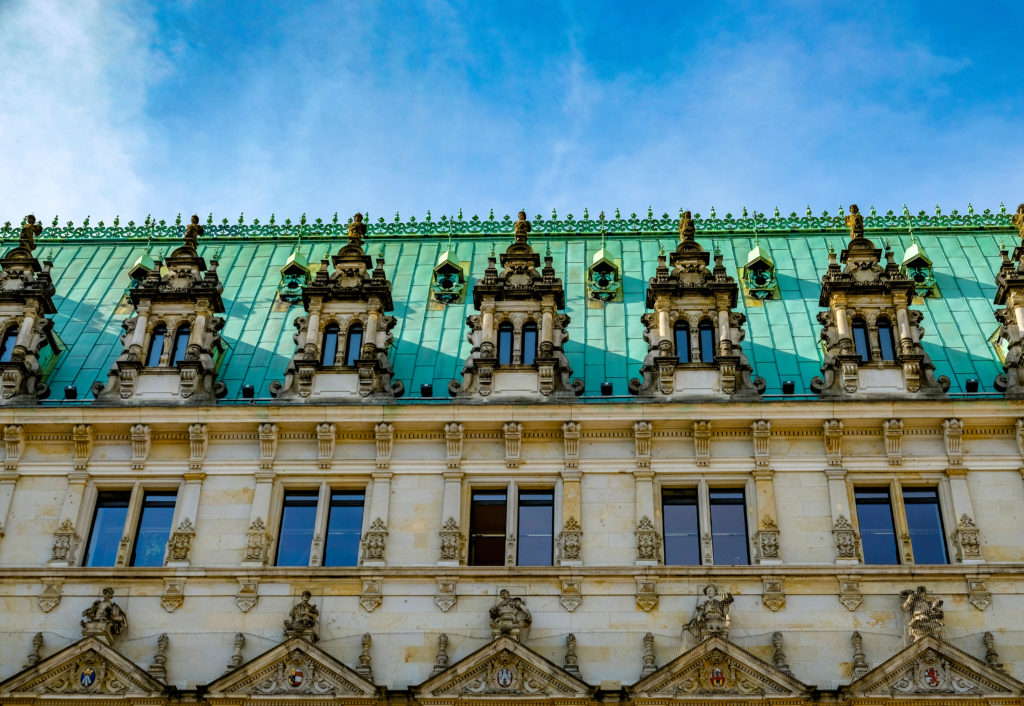
Statues mounted on the facade, and the distinctive green copper roof
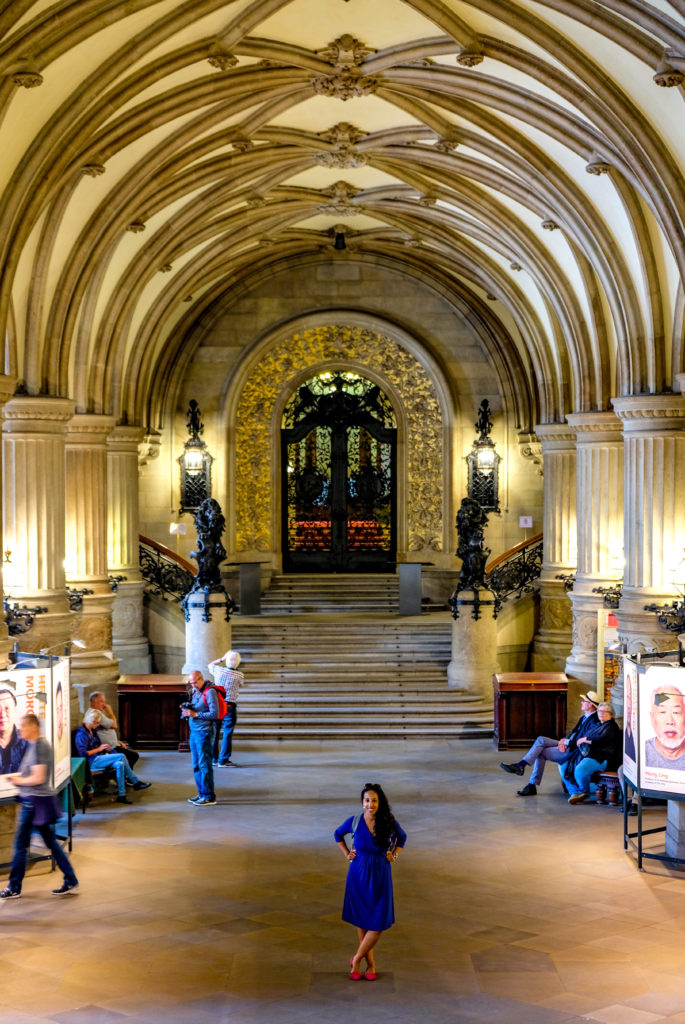
Posing inside the Rathaus
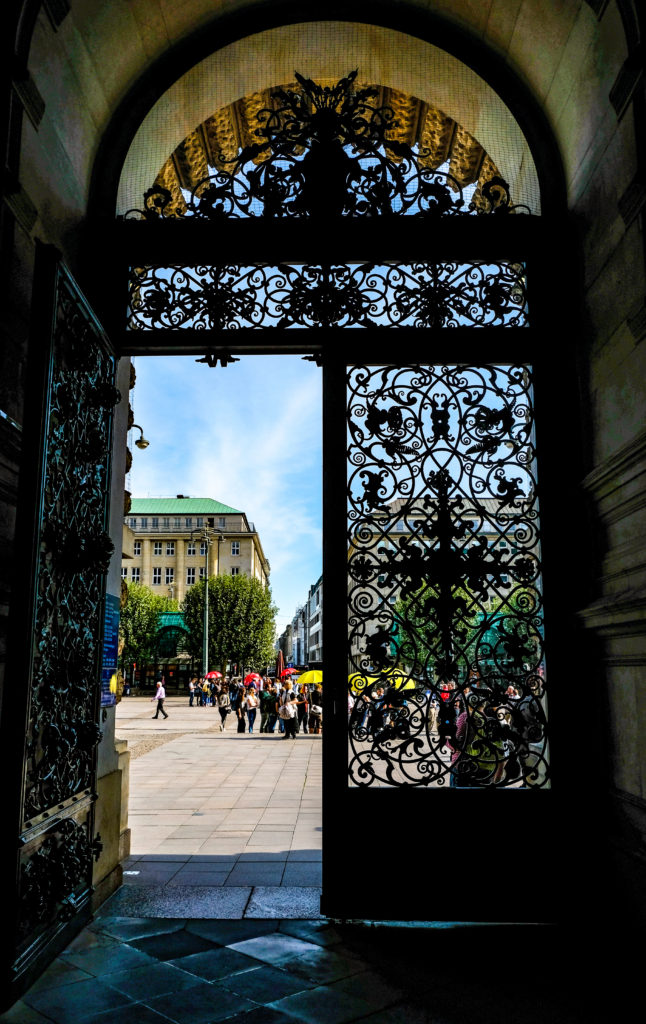
Ornate wrought iron gate at the entrance
St Petri Church
St Petri Church which is named after St Peter is the oldest functioning church in Hamburg. The church is only a few blocks away from the Rathaus and worth a quick look-in. St Petri was built in the 11th century and has been renovated or rebuilt multiple times, with the greatest damage done from the Great Fire of 1842 then subsequently from Allied bombing during WWII. Although not as grand or beautiful as some of the other churches in Hamburg, the interior of the church boats some fine stained glass windows and pieces of art.
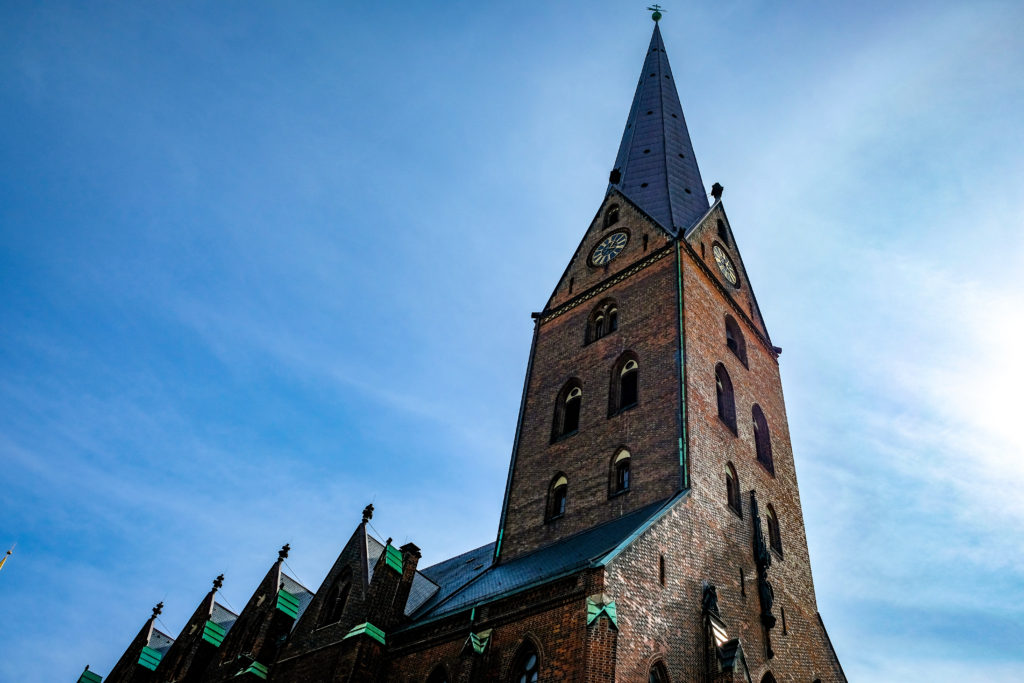
Main tower spire of St Petri
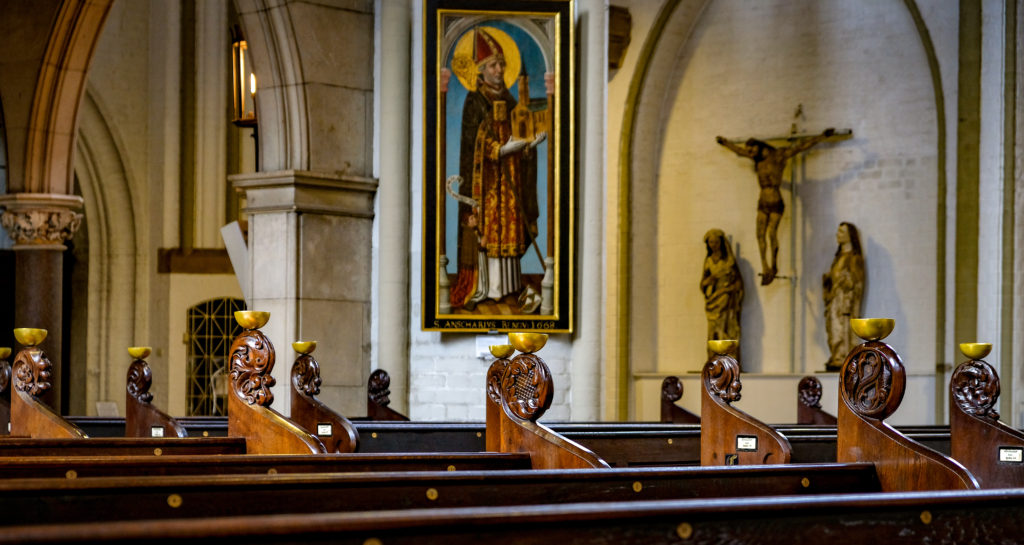
Elaborately decorated pew pieces
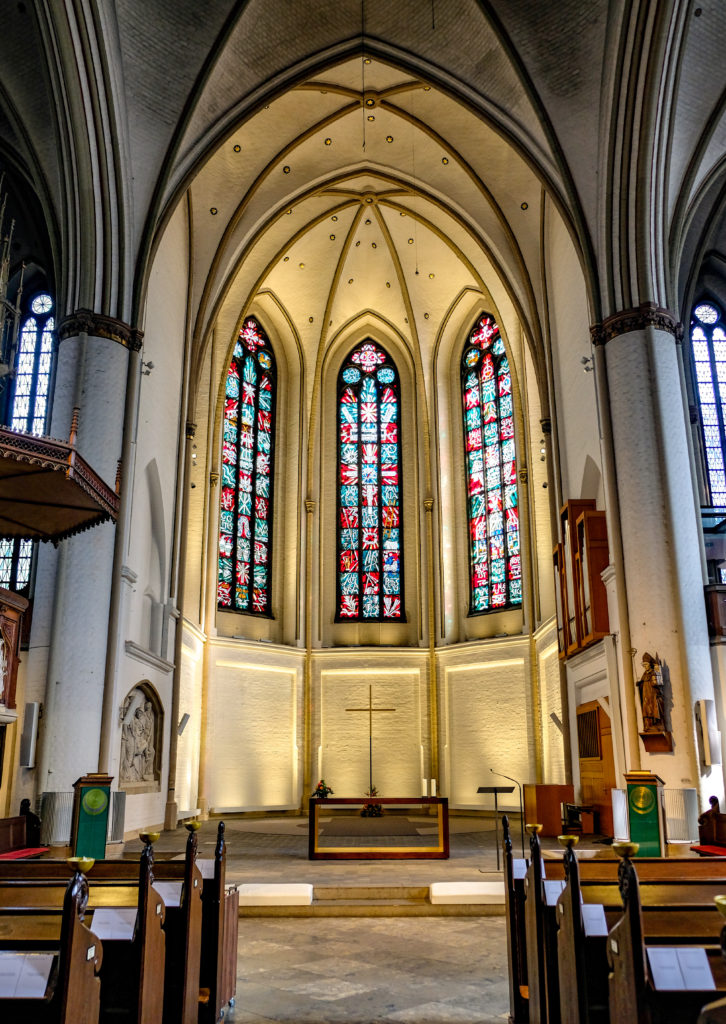
Colorful geometric stained glass designs adorn the tall windows
St Michael’s Church
Considered the symbol of Hamburg, St Michael’s Church is unmissable with its distinctive copper roofed tower and large clock faces. This is the largest church in Hamburg Similar to St Petri, this church too suffered much damage from the Great Fire & WWII bombing, and had been rebuilt multiple times since it was first opened in the 16th century.
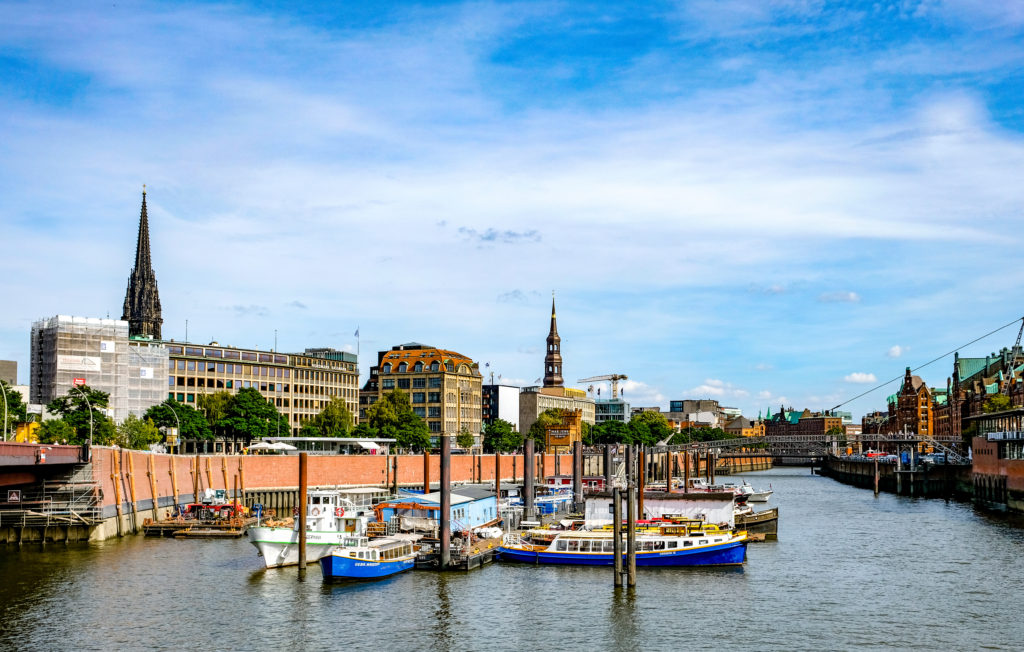
Iconic spire of St Michael’s in the distance from across one of the numerous Hamburg canals
St Nikolai Memorial Church
St Nikolai was briefly the tallest building in the world for a few years in the late 19th century, but all that remains today is its Gothic spire that was left unscathed after the air raids on Hamburg during WWII. With the tallest church spire in Hamburg, it served as the beacon for Allied bomber pilots – unwittingly guiding them as they dropped their bombs on the city. The ruins of the main church and its blackened Neo-Gothic spire are now a monument showcasing the destructive effects of war.
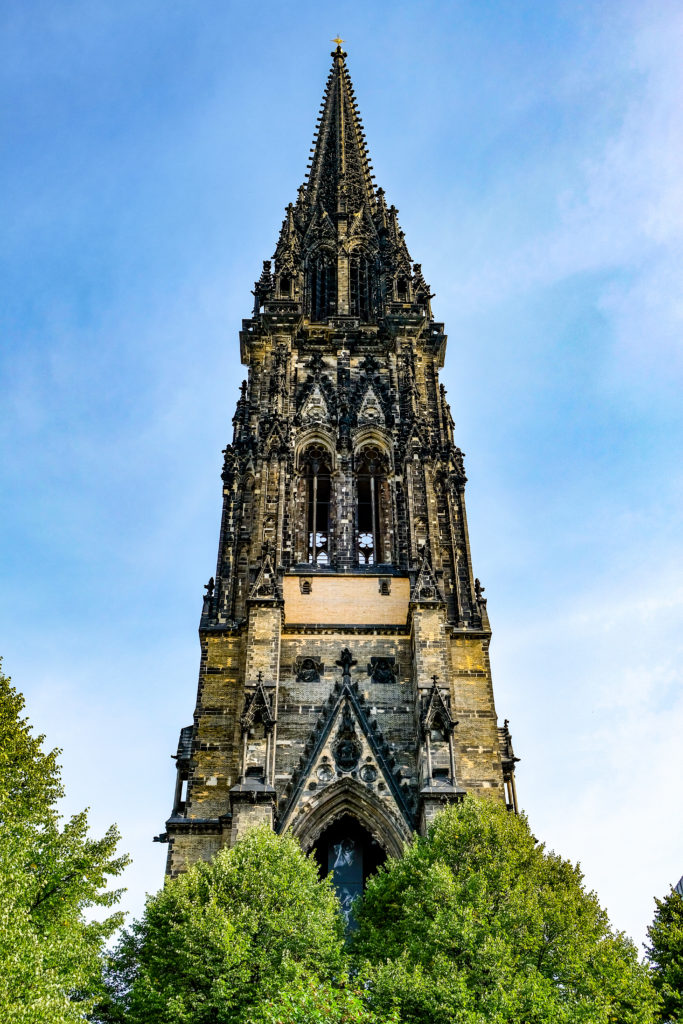
Blackened spire of St Nikolai
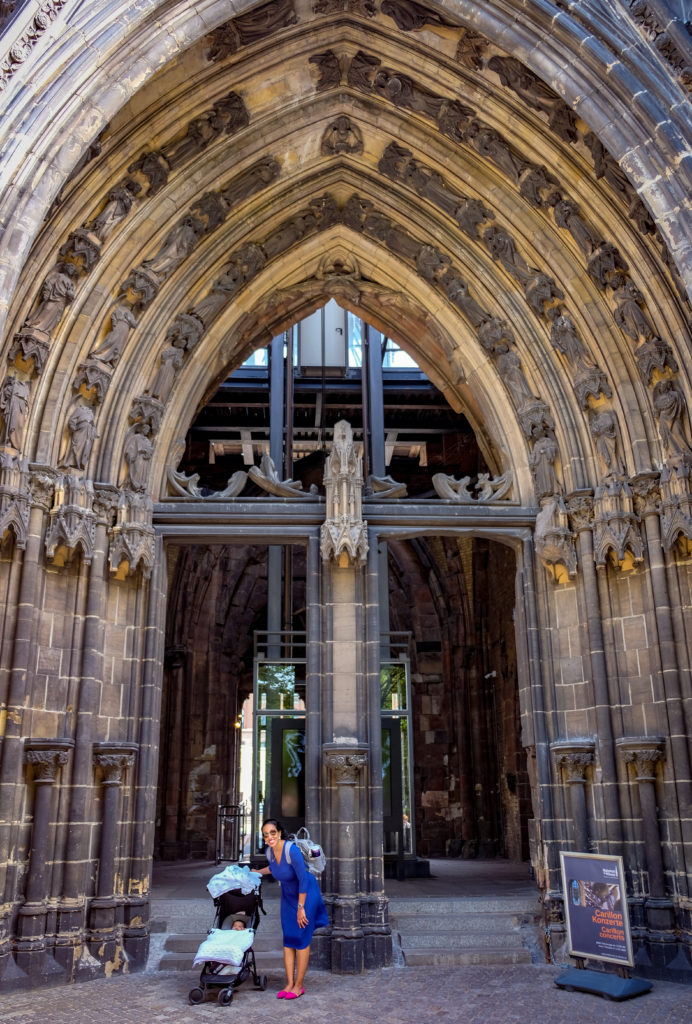
Obligatory pose by the main entrance
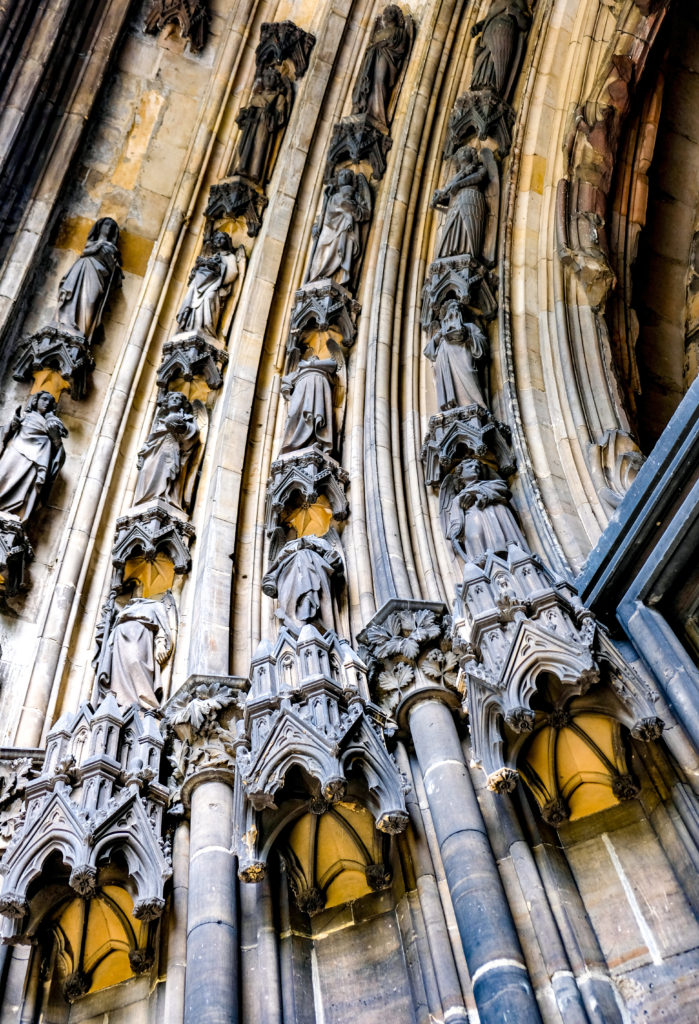
Stone sculptures wind their way up the main entrance
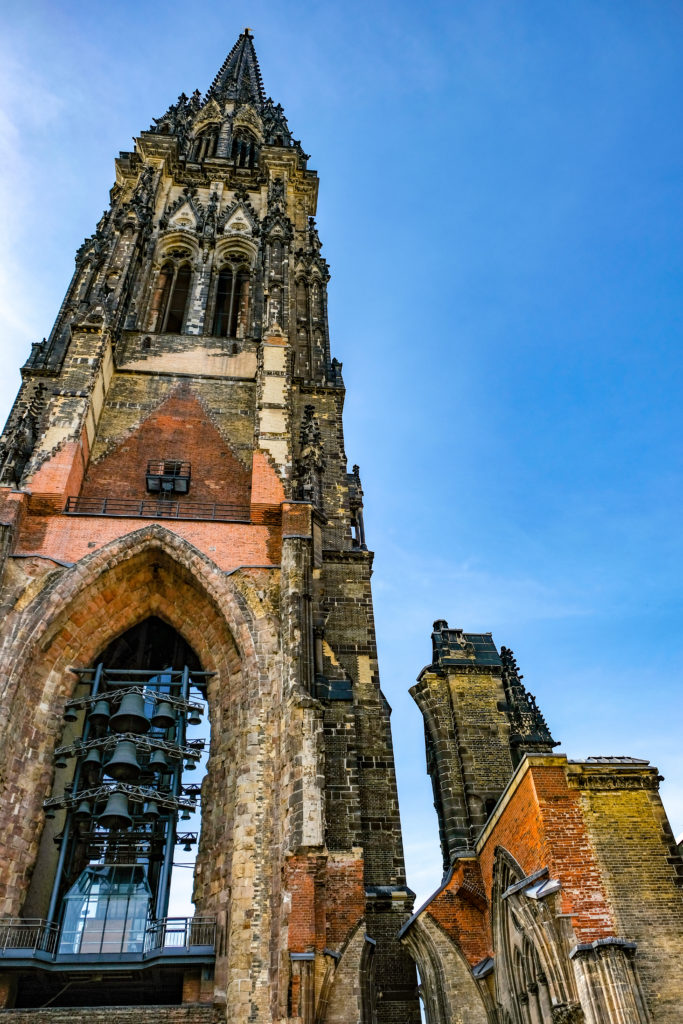
View of the St Nikolai Memorial’s ruins from the inside
Flak Bunkers
The Flak Bunkers were strong houses commissioned by the Nazi forces to serve as anti-aircraft gun towers, and also to function as air raid shelters for tens of thousands of people. The walls were built with upto 3.5m thick reinforced concrete walls which made them indestructible to attacks by most Allied bombers. Named after the Flak German anti-aircraft and anti-tank cannons, the Flak towers and bunkers were commissioned for construction by Hitler himself after seeing the damage done to Berlin from RAF raids.
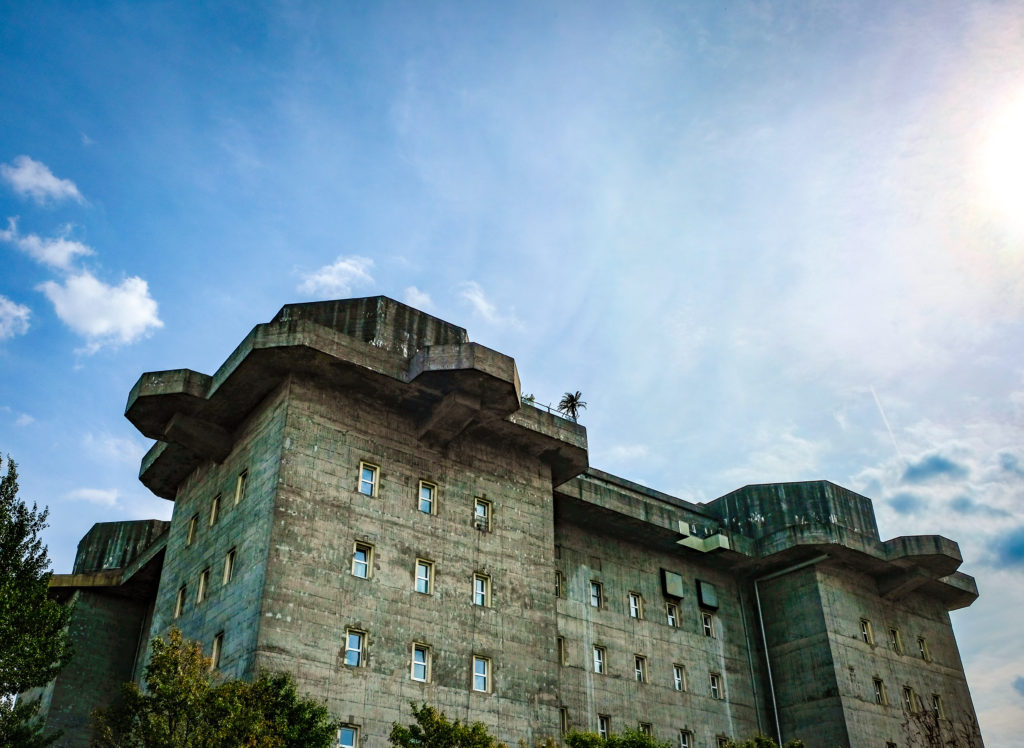
Squat concrete structure of the Flak Bunker
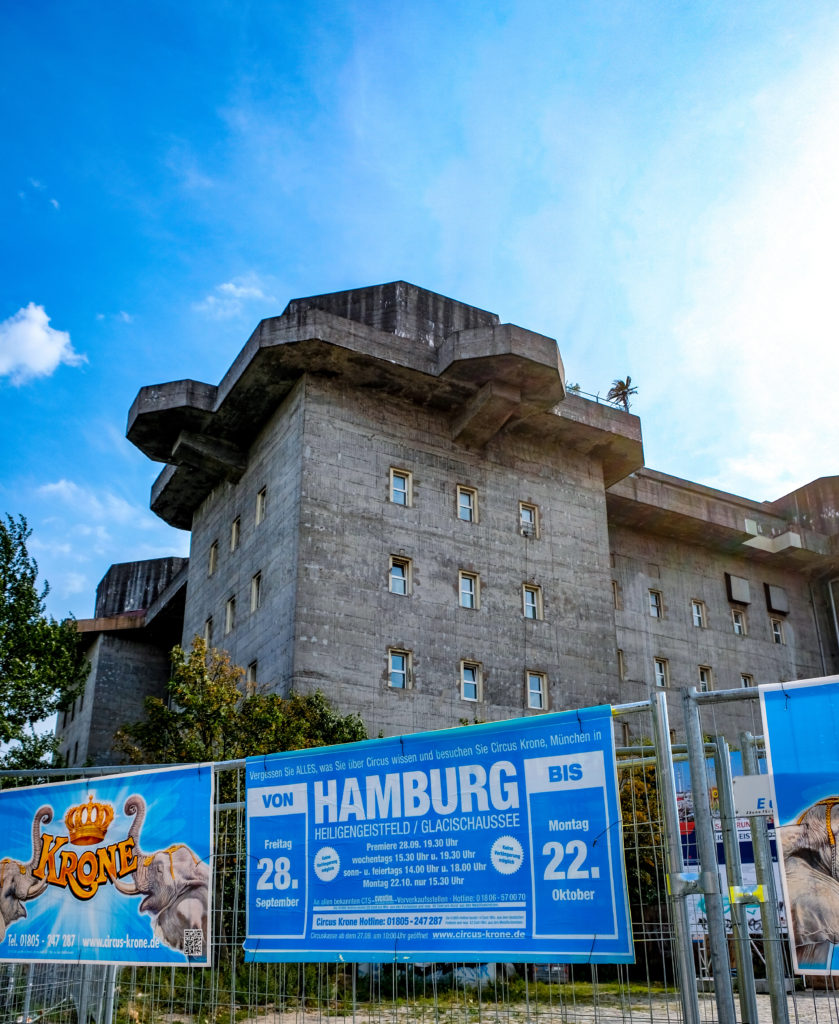
Nowadays the squat concrete bunker sometimes moonlights as a nightclub

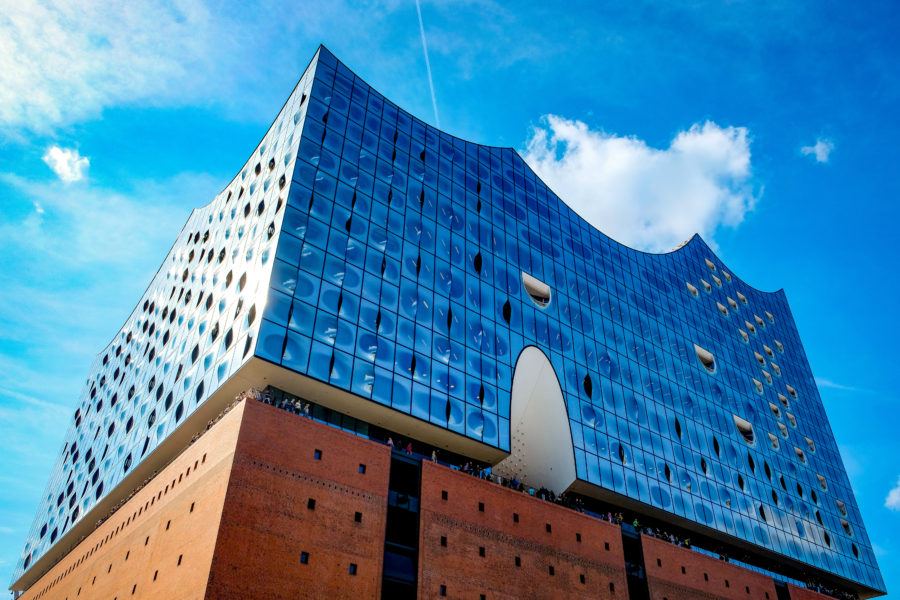
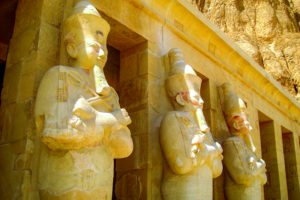
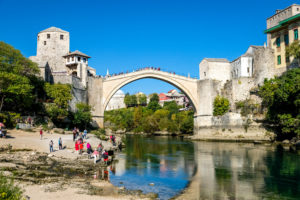
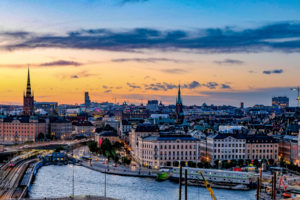




Leave a Reply
Please share your comments below!